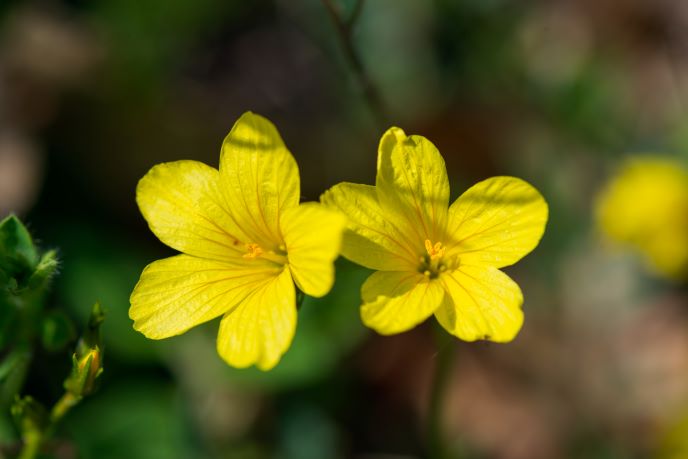Solving the centuries-old supergene mystery
Scientists supported by the EU-funded SuperGenE project have solved the long-standing riddle of the supergene that causes efficient cross-pollination in flowers. Their surprising findings regarding sequence length variation at the DNA level were published in the journal ‘Current Biology’. The fact that some plant species have two forms of flowers, with each form having either long male and short female sexual organs or vice versa, has been known since the 1500s. Some flowers have long styles (parts of the female sexual organ) and low anthers (parts of the male), while others have short styles with anthers high up in the flower. Charles Darwin was the first to suggest that such distylous flowers aided efficient cross-pollination by insect pollinators. Early geneticists showed that distyly was inherited as if it was controlled by a single chromosomal region possibly harbouring a supergene. A supergene is a part of a chromosome consisting of a cluster of closely related genes that are inherited together. However, until now this supergene had never been sequenced.
A supergene of varying length
The research team used modern DNA sequencing methods to identify the distyly supergene in the wild flaxseed species Linum tenue. To their surprise, they discovered that the supergene causing differing lengths of male and female sexual organs varied in length itself. The dominant form of the supergene had around 260 000 base pairs of DNA that were absent in the recessive form. The 260 000-base-pair DNA string contained several genes that could cause length variation in sexual organs. The findings indicate that sequence length variation at the DNA level plays an important role in the evolution of distylous flowers. “These results were really surprising to us, because a similar genetic makeup of the supergene that governs distyly has previously been identified in another system, primroses, where it evolved completely independently,” states the study’s senior author Prof. Tanja Slotte of SuperGenE project host Stockholm University, Sweden, in a news item posted on the university’s website. “Not only has evolution repeatedly led to similar variation in the flowers of primroses and flaxseed species, it has also relied on a similar genetic solution to achieve this feat,” observes lead author Juanita Gutiérrez-Valencia, a PhD student at Stockholm University. The research supported in part by the SuperGenE (Supergene evolution in a classic plant system - bringing the study of distyly into the genomic era) project sheds light on how evolution finds convergent solutions to widespread adaptive challenges. Prof. Slotte concludes: “Distyly is ultimately a mechanism for efficient cross-pollination. Understanding pollination mechanisms is particularly important today given climate change and challenges faced by both plant and insect pollinator populations.” For more information, please see: SuperGenE project
Keywords
SuperGenE, supergene, flower, pollination, cross-pollination, DNA, distyly, flaxseed, primrose



